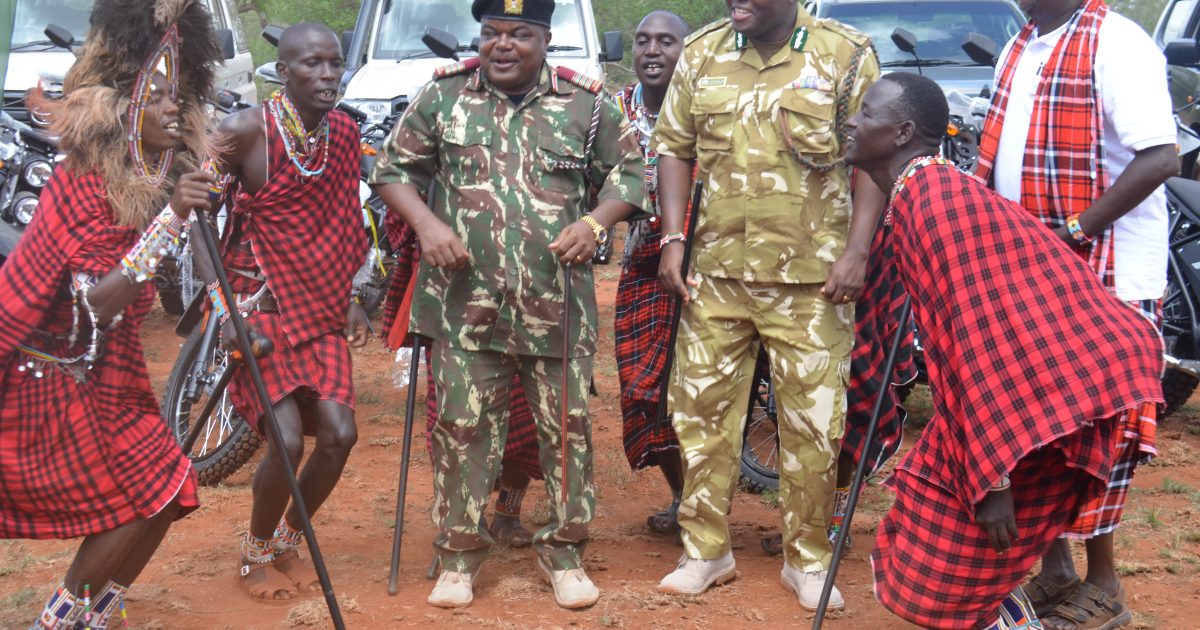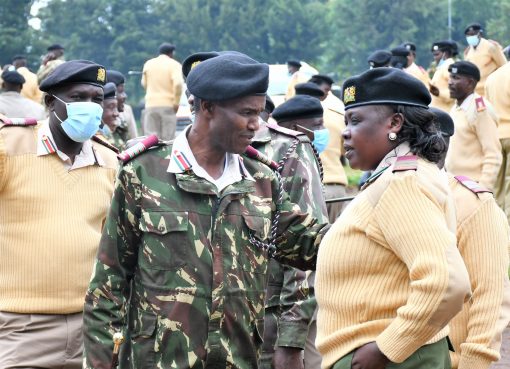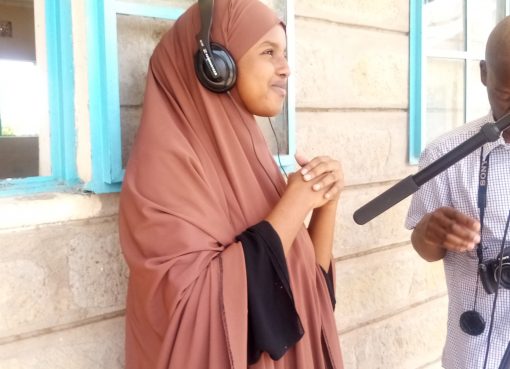In the eyes of conservation law, Mr. Mlati Mghedi, is a potential criminal. Wherever drought comes, the 54-year-old farmer’s cows drift inside the national park to graze. He is careful not to venture too deep into the park where fleeing would be impossible should he sense the Kenya Wildlife Service (KWS) rangers on patrol.
Lately, with the pastures dwindling, he has started mulling on pushing his livestock deeper into the zones he had always avoided. He says it’s about survival.
“There is no grass. The pastures are deep in the park and if the rains do not come, I have to go there. My cows need to survive too,” he says.
Mghedi is amongst hundreds of small-scale livestock keepers adjacent to Tsavo, who graze inside the forbidden zone. KWS and the criminal justice system does not look kindly upon herders arrested inside the protected areas. That offence, under the Wildlife Conservation and Management Act 2013, attracts heavy penalties.
Other options provided in the Act include jail terms and forfeiting of the impounded livestock to State. The heavy punishment meted on the herders has to do with the presumption that they are often viewed as poachers.
“Most poachers masquerade as herders. The law tries to dissuade non authorized persons to get access into the Park because one cannot tell a genuine herder from a poacher,” says a Tsavo KWS official who requested anonymity.
For ages, artisanal herders in the Tsavo landscape have agitated for permission to graze their animals in the Park whenever there is drought. These calls have been amplified by other herders neighboring national and game parks across the country.
However, their pleas have been drowned by the louder din of major conservation actors, who detest any effort to integrate controlled livestock grazing in the park ecosystem. Livestock in the parks, to radical conservationists, is an anathema. They argue that introducing livestock in national parks blurs, will hurt the tourism sector and destroy ecosystems and natural biodiversity.
However, a recent push by key players in conservation to allow livestock in the park is incredibly gaining traction. The push has even attracted the attention of KWS top brass. The greatest push is coming from conservancies.
“We are asking KWS to allow us to graze in the park when our pastures are severely depleted and our livestock are exposed to the risk of dying,” says Mr. Bong’osa Mcharo, Chairperson of Taita-Taveta Wildlife Conservancies Association (TTWCA).
TTWCA is a consortium of over 30 ranches in Taita-Taveta County that have allocated over 1.1 million acres to wildlife conservation.
With such vast land at the disposal of wildlife, Bong’osa’s voice has veritable weight that cannot be dismissed with the casual flippancy reserved for insignificant small-scale livestock keepers in Tsavo. He is not alone. Such sentiments are echoed by Daniel Leturesh, a KWS honorary warden and the Chair of the Amboseli Ecosystem Trust.
Mr. Leturesh argues that with communities willingly giving up their vast tracts of land for wildlife conservation, KWS needs to reciprocate and permit controlled grazing inside protected areas. He explains such grazing would only be allowed under very special circumstances like at times of ravaging drought that risks killings all their herds.
According to Mzee Leturesh, conservancies in Amboseli have collectively allocated over half a million acres of land for wildlife conservation.
“We have given land for wildlife because we want to conserve the wild animals. But we are also livestock keepers and animals are our livelihoods. When severe drought comes, we can have a program where livestock can be allowed in the park to graze and be driven out when the rain comes,” he said.
In a shocking admission in front of Principal Secretary (PS) Wildlife and Ag. Director General Dr. Erastus Kanga during a conservation equipment donation event at Lumo Community Conservancy in Mwatate in December, Mr. Leturesh admitted that his herds were currently grazing at Chyullu Hills National Park because there was no pasture in the conservancies.
“I will not lie. We have lost so many animals to drought. My remaining herds are at Chyullu because that is the only place with grass to help them survive through the drought,” he said.
Data from Kenya Wildlife Conservancy Association (KWCA) points to why voices from conservancies can no longer be ignored.
There are over 160 conservancies in Kenya occupying 6.36 million acres of land. This constitutes 11 percent of Kenya’s landmass. Over half of the population of Kenya’s wildlife is found in conservancies. The data also shows that conservancies have become safe havens for critically endangered species including Grevy Zebras, Hilora antelope, black rhino and the southern white rhino.
Past leadership in KWS has consistently dismissed these concerns perhaps in the vain hope that the whole issue will eventually fade away. It never did. If anything, with the adverse effects of climate change and the drought that has crippled conservancies by devastating pasture and water sources, voices clamoring for reciprocity from KWS have become more strident.
During a meeting with ranchers and political leaders in Taita-Taveta County in November, former KWS Director General, Brig (Rtd) Julius Kamau, was categorical. He said, “The law does not allow the presence of livestock in national parks. Such areas are for wildlife only,” he said.
He suggested KWS can support conservancies through provision of fodder and hay to livestock in distress.
However, Mr. Bong’osa said such flippant dismissal of a serious matter fails to recognize the legitimate grouch the local herders have towards the park. He adds that while local herders are denied access to the park, there are hundreds of herds of well-connected cattle barons that graze throughout the year inside protected area.
He claims that most of the herds were meant for the export market and were brought to Tsavo National Park for fattening.
“When a cow owned by a local herder stray into the park, the owner is treated like a dangerous criminal yet there are herds in Tsavo that live there. These animals are owned by powerful people and they are never bothered. These are the double standards that must be eliminated,” he said.
KWS Ag. DG, Dr. Erastus Kanga, in a radical departure from his predecessors, said the conservancies had genuine concerns that needed listening to. He added that KWS was acutely aware of the vital role conservancies played in preservation of ecosystems and promotion of biodiversity across the country.
Dr. Kanga promised to have a sit-down with conservancies and engage them on their proposals. If the engagements are fruitful, this arrangement will usher in a new dawn of enhanced cooperation between KWS and conservancies through mutual benefit sharing and reciprocity in resource-sharing and utilization.
“Find time to arrange for a meeting. We can discuss the matters that you have raised and find a strategy to work such issues out,” said Ag. DG.
Dr. Kanga however stated that while special plans might be introduced to save herds in distress, he stated KWS would never allow the protected areas to be used for fattening of herds meant for the international beef market. He stated that KWS would not spare any effort to drive away all herds in the park to restore the integrity of the protected areas.
By Wagema Mwangi




